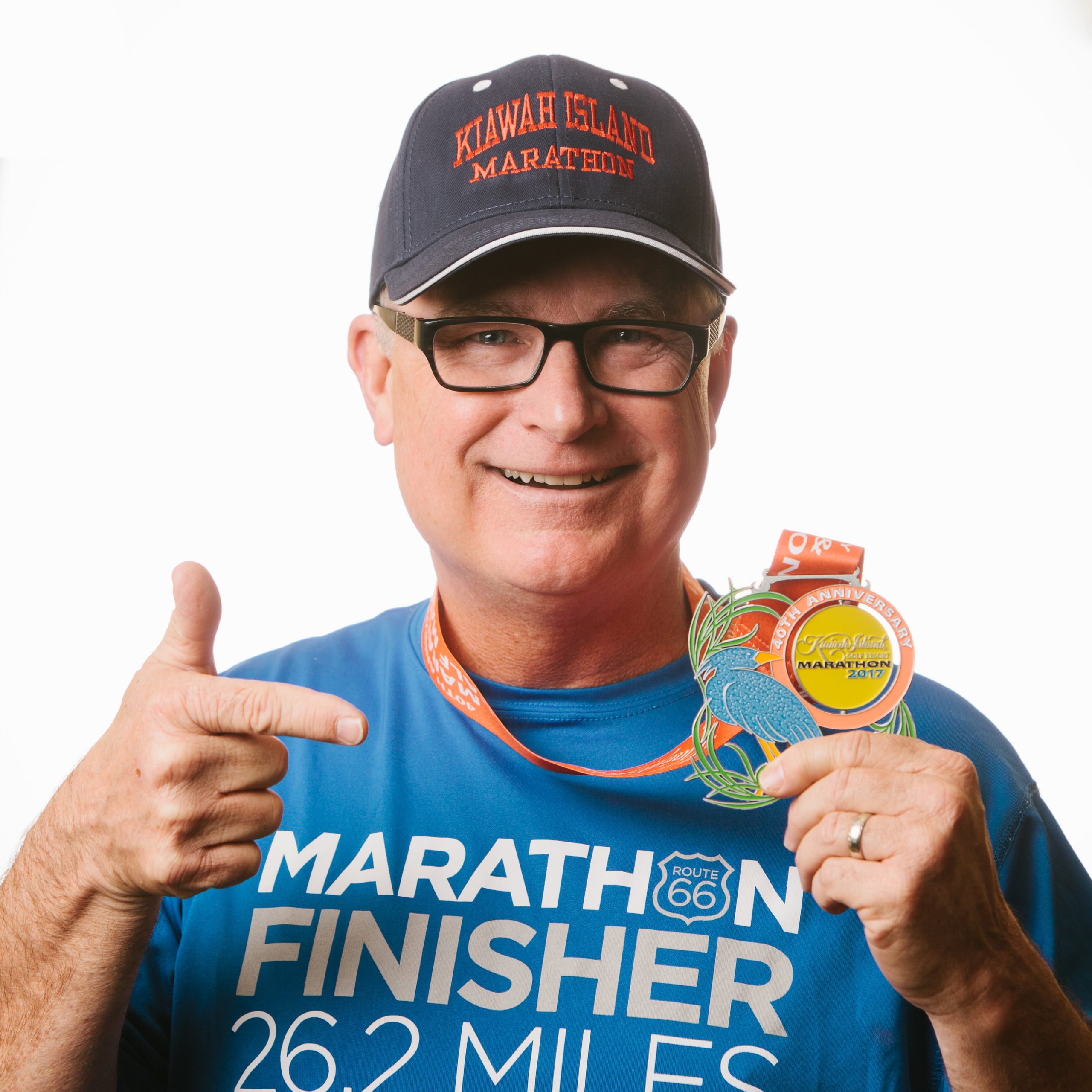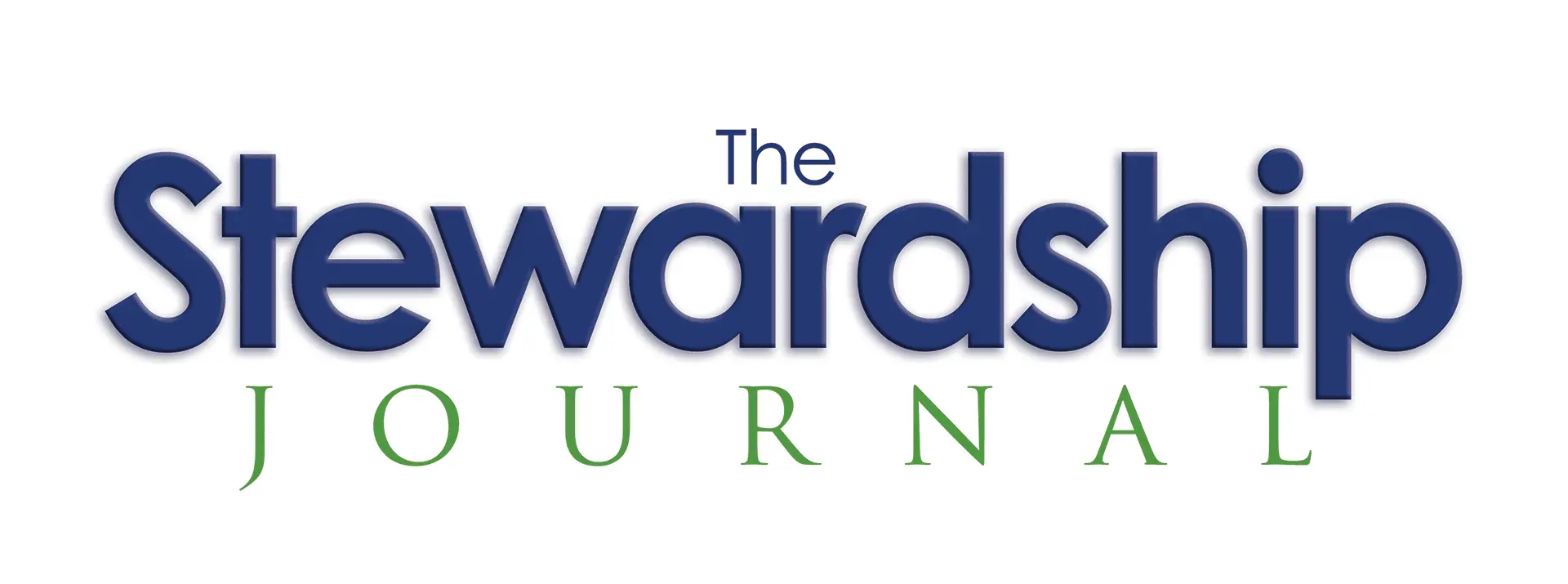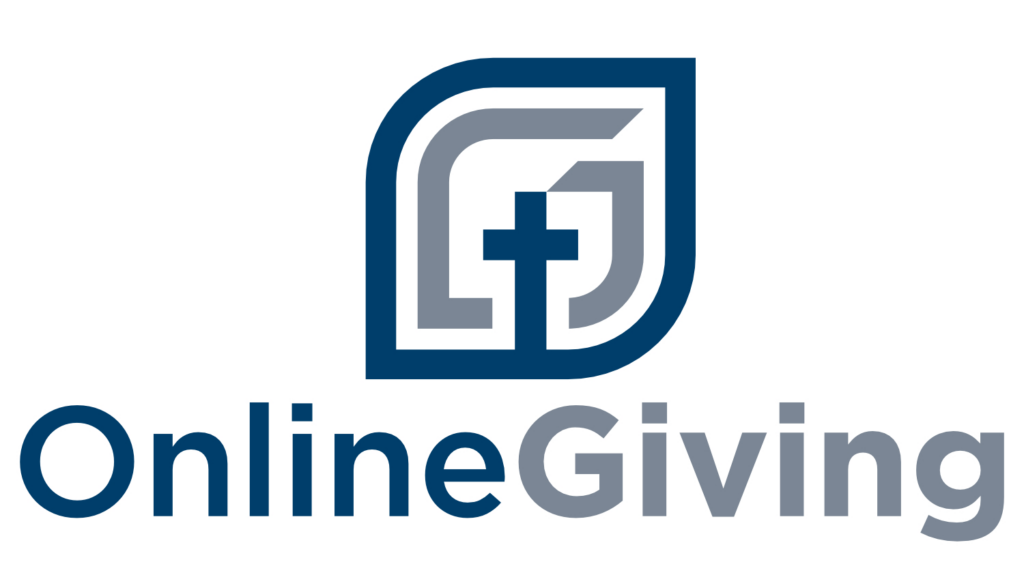
Cards Are Cool, But Cash Builds Buildings is the title of this Coach, and it’s a truth you can’t afford to overlook. Having a stack of pledge cards the day after your campaign commitment is a good start, but what really matters is turning those pledges into tangible donations to fuel your ministry dreams. I’m here to guide you through this process as we near the end of my series on conducting your own capital campaign, Giving Away the Farm.
We have been focusing on the ramp-up to the public commitment phase of the campaign. After the Commitment Weekend, you now move into the Follow-Up period of your campaign. In the commitment phase of your campaign, you asked, “How can we get people to make a pledge?” Now, in the follow-up period of your campaign, you need to ask, “How can we motivate them to complete their pledge?” A new reality is that in the 21st century, with pledge-resistant members, we must also ask, “How can we motivate people to give even though they will not pledge?” I’ll guide you on how to make this crucial transition.
Our goal is to turn those cards into cash and the uncommitted into committed campaign donors, thus increasing your participation and the amount of money you raise. You should focus on the total amount of dollars pledged and given, and the number of people pledging and giving. The higher the number of commitments and people giving, the higher the level of buy-in to your vision.
So, what is the key to fulfilling a high percentage of commitments? Here are some thoughts.
You must realize the campaign isn’t over when the commitment phase ends. This is the number one mistake that churches and pastors make. They go silent on the campaign, thinking it’s done. But, in reality, you’ve just crossed one milestone and found yourself at the start line of another race. The campaign is a continuous journey that requires your ongoing attention and effort.
Imagine entering the local 5K race for some charity. You spend weeks training and give it your all on race day. You cross the finish line with a personal best time. As you begin to celebrate, the Race Director approaches you, screaming, “Run, run, run!” It is then that you realize you entered a double race. The end of the 5K was the start line for a marathon. That’s what the end of pledging and the start of the giving period can feel like.
The difference is a matter of rhythm and pace. The intensive part of the campaign leading up to Commitment Weekend can feel like a 5K. You are running as fast as you can to get to one finish line and, often, you are too exhausted to think about anything campaign-related for months, if not years! Follow-up for a campaign, no matter the length of time, has a much slower purposeful rhythm and pace. It’s easy to forget to focus on a campaign and fall off the pace. If you fall too far behind, you can never make up the lost ground. One key to a successful campaign is a quick start.
The first six to eight weeks of the start of the giving period set the direction for how the pledge-to-giving ratio will be at the end of the campaign. This statement is particularly true for those who made smaller pledges and for those who did not pledge. In my experience, if someone hasn’t started giving on their pledge in the first eight weeks, it is doubtful that they will ever complete their pledge. While small pledges typically make up only 10% to 20%, that percentage amounts to a lot of money. See the Bonus Section for more on a quick-start follow-up plan.
First Fruit/Big Give Offering—To get churches off to a great start, we have recommended a first weekend or first-month offering, which we typically call the First Fruit Offering. Some have gotten cute and called it The Big Give. The point is that by focusing on the first offering of the campaign, you will help get those who pledge out of the starting blocks and give those who did not pledge a chance to show their support of the project by giving. It’s always easier to run from the front than from behind. That first offering can represent as much as 5% of the total pledged.
A significant number of members will never pledge but will give if prompted. Before the Great Recession, it would not have been unusual to see the pledge percentage run as high as 80% to 100% of the congregation, especially in smaller churches. Even my large clients would see commitment averages of 65% to 75% of their regular donors making pledges to campaigns. Now, you’re lucky if you see over 50% of donors make a commitment. But those who don’t pledge will give if they are motivated. Follow-up has now become more important than ever.
This is why I recommend special offering times throughout the giving period. Each offering time allows you to revisit the vision driving the campaign, which in turn will lead to additional gifts, many coming from those who did not pledge. Churches that follow this strategy often see more people giving without pledging people who do a pledge.
How can you accomplish this? Here is my last and most important follow-up tip…
Keep the vision central throughout the length of the campaign. The reason your members commit to the campaign is because the vision is so compelling. So, the same thing that motivated them to commit to your campaign will be the same thing that motivates them to give to your campaign, a compelling vision. In creative, non-threatening ways, you need to keep stressing the vision and, thus, the importance of continuing to give to that vision. Too many churches go silent on why people made commitments and then wonder what went wrong in the end. If you never talk about the campaign and its vision, don’t be surprised if you miss your goal at the end.
When it comes to how to conclude your campaign, think of a golf swing! We have erred in thinking that a campaign is the intensive planning part up through Commitment Weekend. That might take three to six months. The intensive part of a campaign is like the backswing and approach to the golf ball. The follow-up period is like your follow-through. Each part of the swing is important. The key to fulfilling a high percentage of your commitments is to keep your head down, your eye on the ball, and your vision, swinging the club back and through the swing.
You would never stop your swing at the point of contact with the ball. So, don’t stop casting vision after Commitment Day. Your campaign isn’t over until the last Sunday of your giving period. That’s good because cards are cool but generating cash from those cards will help you build whatever you need for the future. That’s the importance of follow-up.
There will be no Coach next week due to Labor Day. I’ll be back Monday, September 9th. Have a great holiday.

Mark Brooks – The Stewardship Coach
mark@acts17generosity.com

OnlineGiving.org, the leading online giving processor in America, sponsors my writing. Find out more about their services at https://www.onlinegiving.org/.


